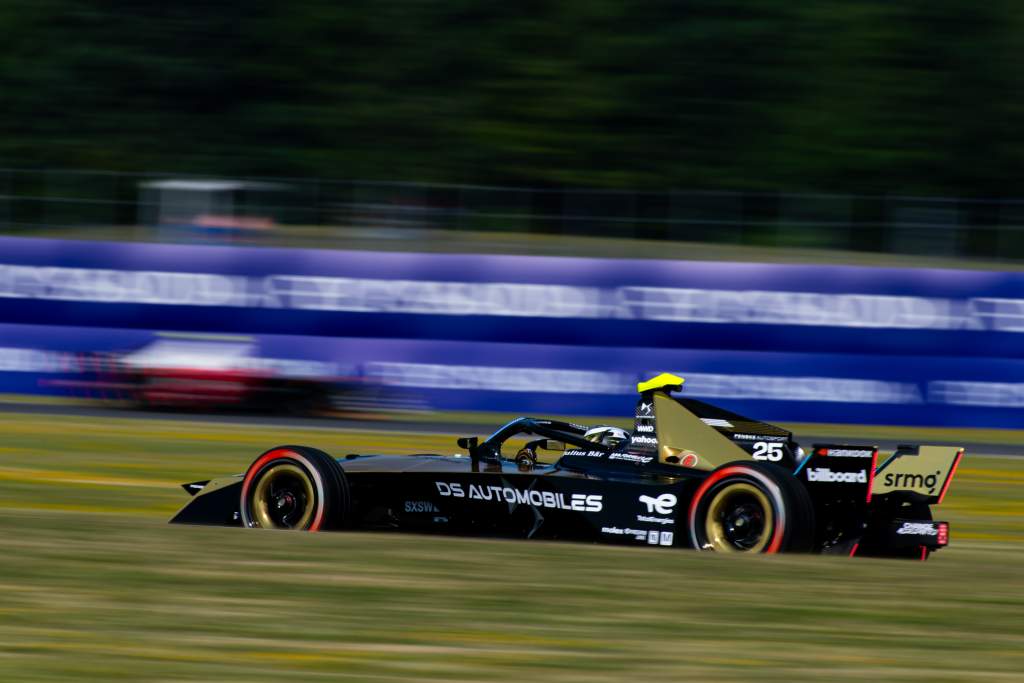Dig below the festering surface of DS Penske’s array of sanctions at Formula E’s Portland E-Prix for using an RFID device to monitor rivals’ tyre selections and you’ll find, onion-like, new layers to the tale opening up.
Formula E’s newest team had been caught red-handed. But for doing what precisely? Here, not everything presented can be taken as black and white, or maybe in this case gold.
The sanction of a €25,000 fine, and a pitlane start penalty for both Jean-Eric Vergne and Stoffel Vandoorne, announced just before qualifying at Portland, charged DS Penske on four counts.

The first and second penalties (sporting) were for erecting equipment in the pitlane. The third (technical) was running a device capable of ‘telemetry’. The fourth, and possibly most serious, was for breaching Article 12.1.1l of the International Sporting Code.
This covers a clear sporting ethics angle, its remit covering “any infringement of the principles of fairness in competition, behaviour in an unsportsmanlike manner or attempt to influence the result of a competition in a way that is contrary to sporting ethics”.
The implication was clear: the FIA had partly sanctioned DS Penske for setting out to cheat.
The drama transpired as follows: The stewards of the meeting were alerted by the FIA Formula E technical delegate, Laurent Arnaud, who had himself been notified by an FIA colleague that DS Penske had installed a piece of equipment in the pitlane.
This was reported to the stewards and DS Penske’s team manager, the enormously experienced Nigel Beresford, was summoned to their office. It is understood that the team immediately accepted the charge of installing equipment in the pitlane.
The initial FIA bulletin detailed that this equipment, RFID equipment was “able to collect data from all cars concerning the tyres fitted by scanning the bar codes”.
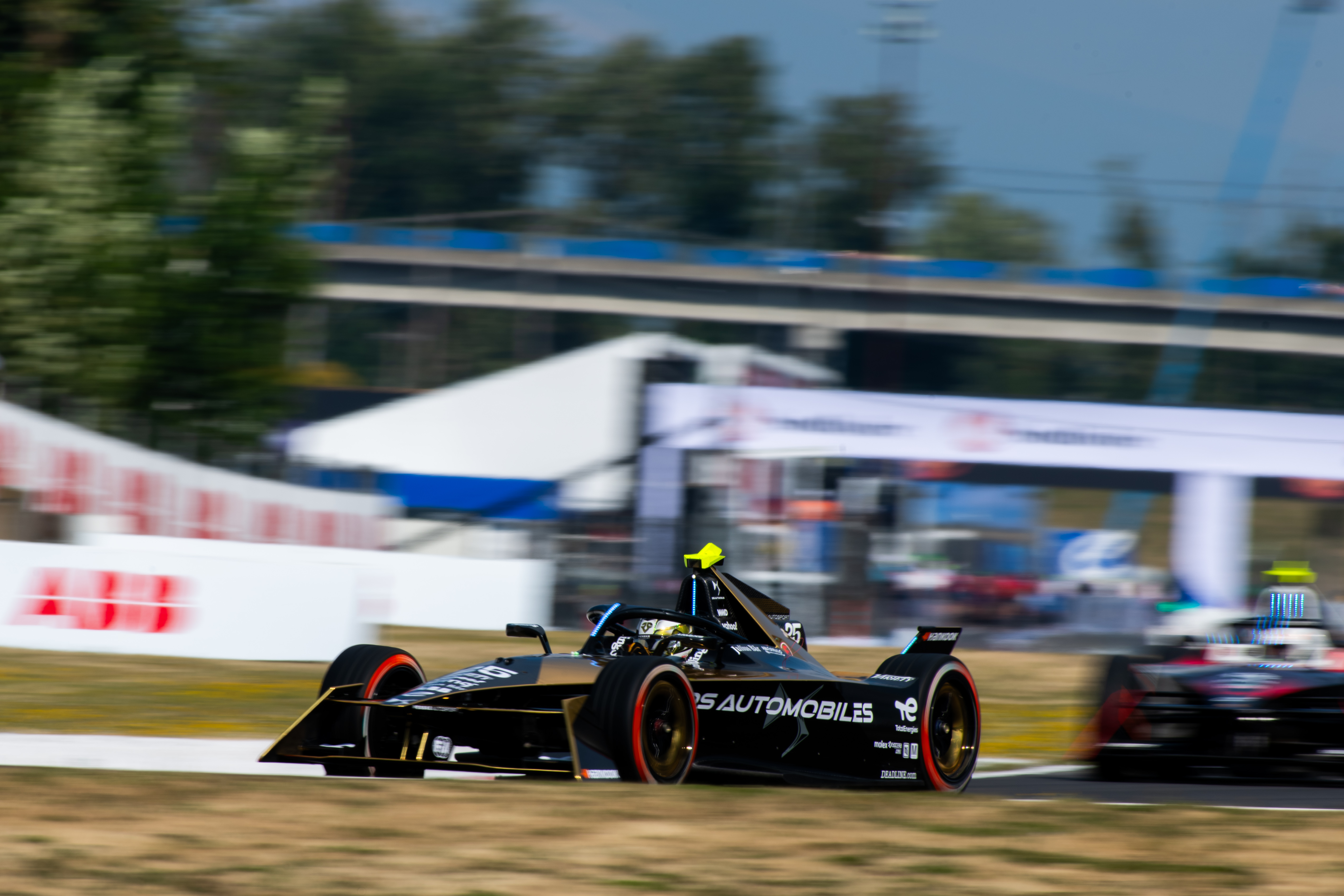
The Race understands that this was a ‘bought over the counter’ RFID device that the team brought to the track and then erected close to the pitlane entrance.
Almost instantaneously the FIA then issued an amended bulletin decision. This time the phrase “concerning the tyres fitted by scanning the bar codes” was deleted and replaced with “was able to collect live data from all cars”. This was believed to have been changed to give added accuracy in describing the reason for the sanctions. This was the point where DS Penske went from acceptance to clear anger.
It appeared that somewhere behind closed doors a decision was made to add the above phrase to accentuate that DS Penske had the capacity to collate live data on its opponents and use its device to relay data back to its pit for the purpose of gaining an advantage.
Vergne told The Race after the Portland E-Prix – and in pretty explicit terms – that the use of this device was purely to gather information relating to the tyres that competitors were using during runs in free practice.
DS Penske was certainly guilty of erecting equipment in the pitlane entry area. This was a slam dunk penalty. But what it vehemently denied was any notion that it could gather live data from competitors with this specific device and that this data could be construed as ‘telemetry.’
The dictionary definition of telemetry is: ‘the process of recording and transmitting the readings of an instrument’.
But more relevant to this case is the FIA definition, as per the technical regulations – article 8.9, states: ‘The transmission of data between a moving car and the pit” and “any telemetry is prohibited, except for any signal transmitted under direct control of the FIA, via the FIA data logger.”
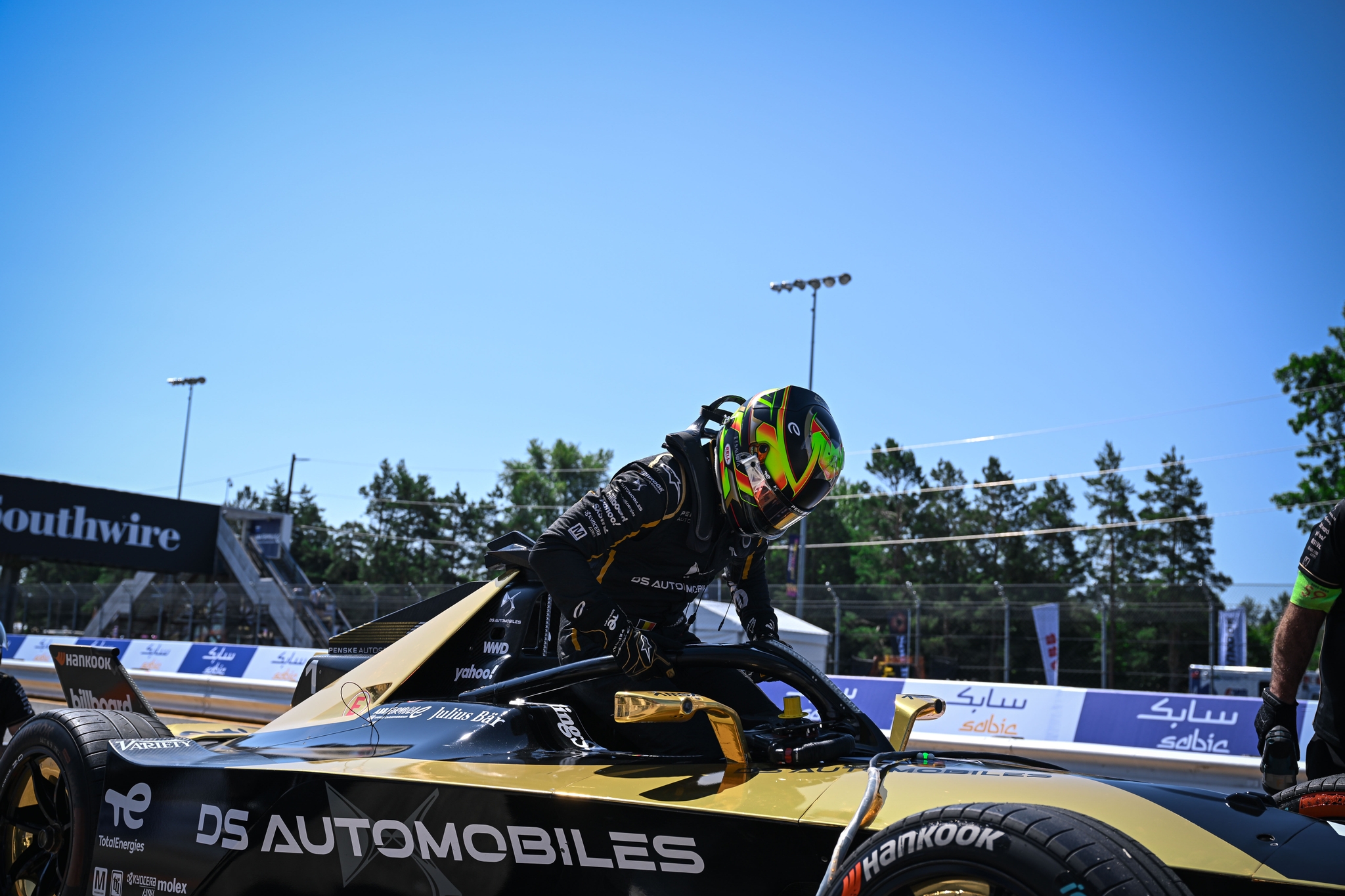
This is where the word ‘interpretation’ kicks in on all fronts regarding this whole episode.
In DS Penske’s eyes it was not transmitting data between a moving car and the pit, rather it was transmitting from a static barcode reader to the pit.
That would suggest that the FIA’s definition of telemetry was not completely in-tune with this case and the evidence for this is that it deliberately deleted the reference to reading tyre bar codes and replaced it with the phrase ‘collection of live data’, implying that a data acquisition system could infiltrate data from a passing car’s data-logger. You can see why that angered the DS Penske team.
The device obviously could scan tyre numbers and it could send them to a laptop in the pits. Is that telemetry? The FIA believed it was and it clearly wanted to tell the world about it, so much so that it amended the document for what it believed was added clarity.
Ultimately the big question was: was DS Penske, as it states, just getting the data from the tyre RFID (that shows the tyre type) or was it harnessing the RFID from the tyre pressure monitoring system (TPMS)?
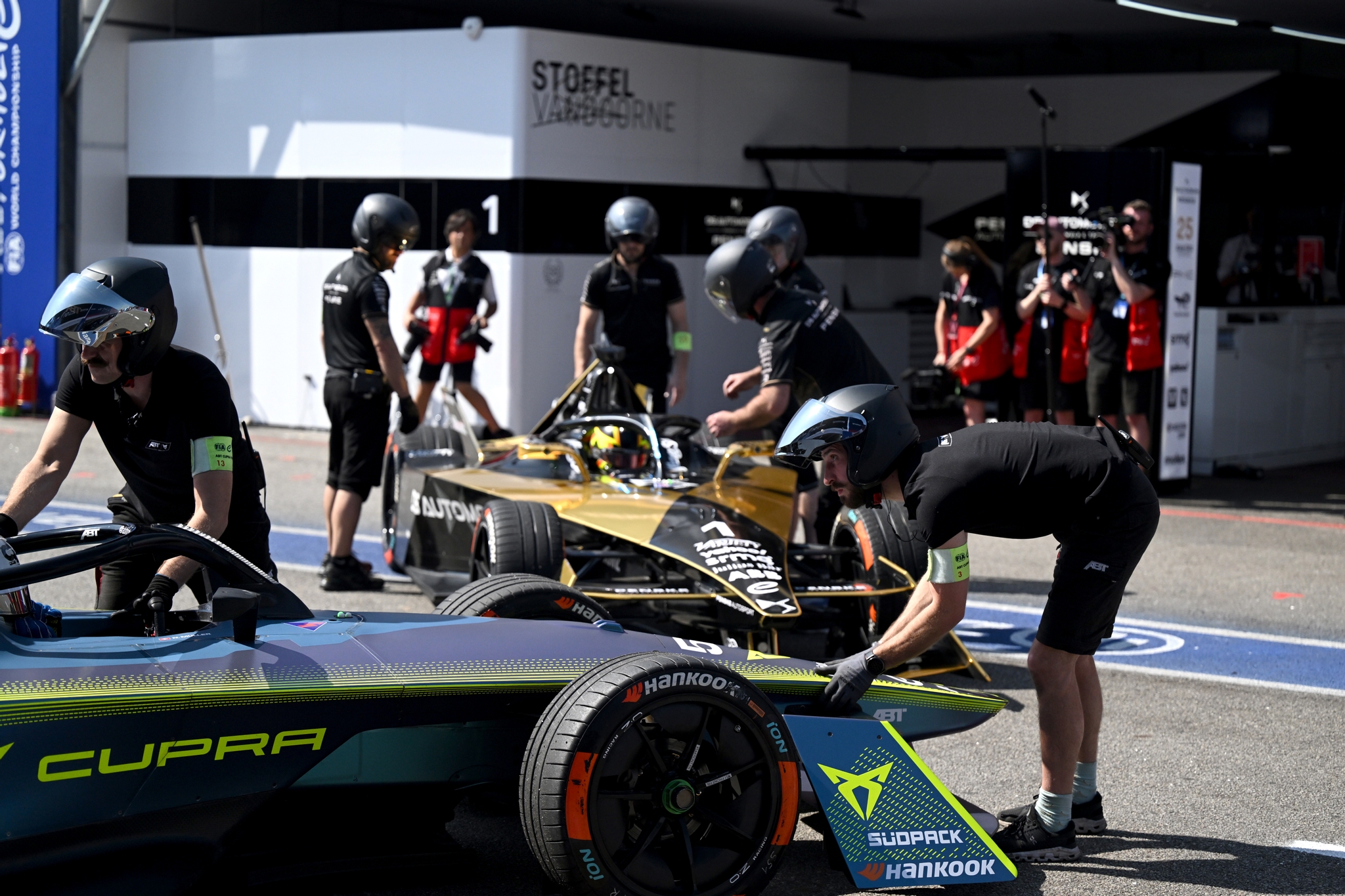
A rival technical manager in the paddock, who wished not to be named, said “a Texsense (sensor manufacturer) originated system that operates in the RFID frequency range can be used on some devices and give significantly more information on pressures and other data and also use encryption”.
Yet the majority of other competitors told The Race that it would be unlikely DS Penske was monitoring anything other than tyre types.
Why didn’t the FIA inspect the device and inspect DS Penske’s IT facilities if it truly suspected nefarious activity above and beyond the tyre information mission?
If DS Penske was transmitting live data for its own ends, you have to ask yourself if an experienced manufacturer and team like DS and Penske would openly erect a device that was able to do just that in full view of everyone in the pitlane and more or less opposite the FIA technical garage itself?
That seems totally implausible and the shocked expressions on some of the senior DS Penske personnel’s faces soon after the penalty was dished out to them were easily readable.
On the other hand, should the live feeding of photography that is related in real time to teams also now be considered telemetry? A camera does ‘record’ and a camera does ‘transmit’… Another minefield opens out before us!
DS Penske has undoubtedly suffered some reputational damage over this affair, even if it has done very little differently in comparison to what other teams are achieving by using photographers to get information on tyre sets and the matching of rubber during sessions.
Perhaps therefore the bigger question should be why DS Penske did not both challenge the decision via an appeal, particularly the ‘telemetry’ and sporting code breeches, and why has it not decided to pursue the matter through other legal channels?
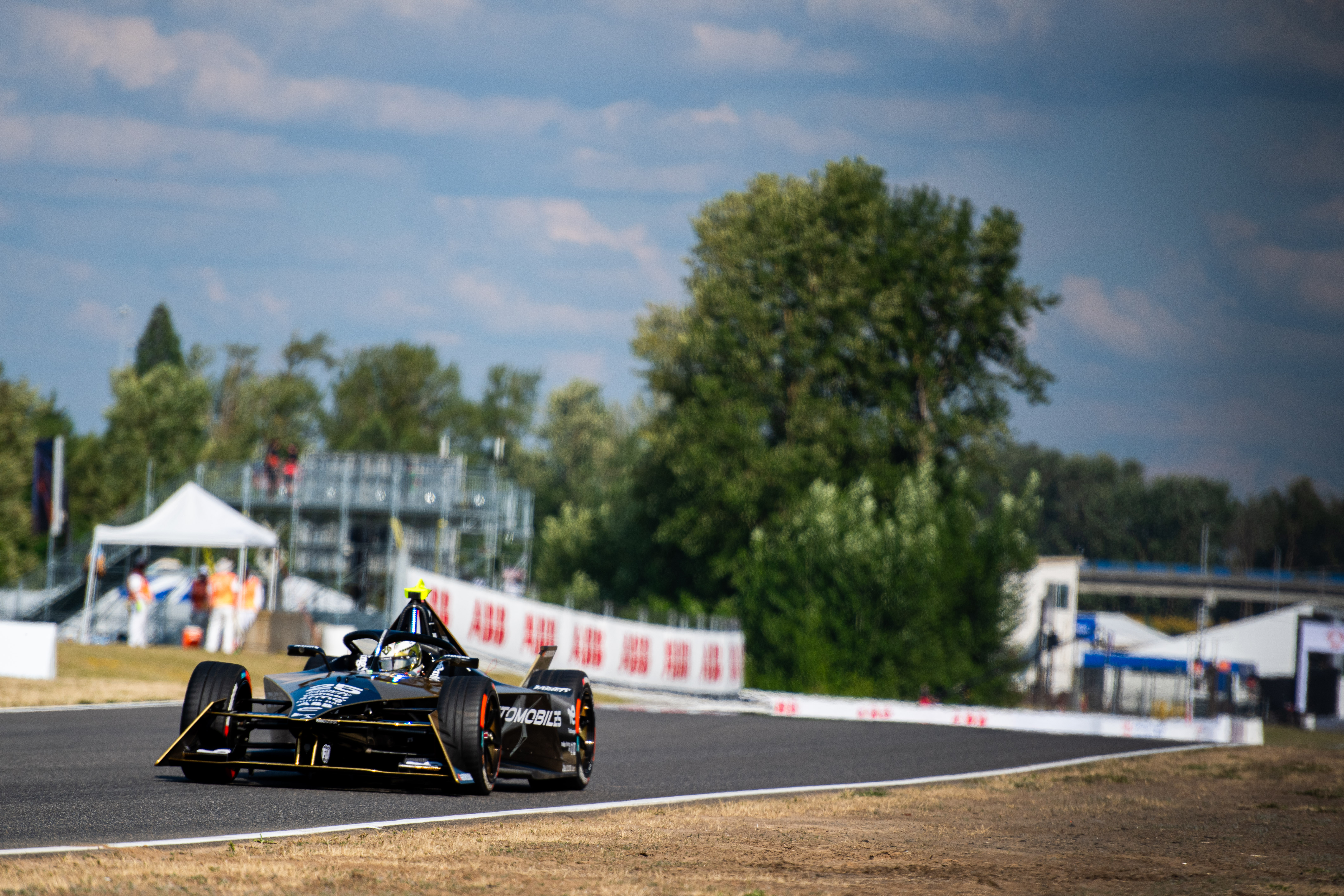
There was not so much as a public statement after the incident, rather just a brief quote mentioning the penalty by DS Performance director Eugenio Franzetti post-race.
This would be weird for any team. But for the Penske element in Formula E, it is not. It has never had a communications department on the front foot in Formula E, which seems all the stranger when you consider that team owner Jay Penske is one of the world’s most successful media moguls.
But here we were, with the team’s reputation being sullied. So surely there would be a response, rationalisation and communication fleshing out an ugly situation. There was no sign of that.
In reality, neither DS Penske nor the FIA came out of the Portland fiasco very well at all.
It was, to begin with, an imprudent and incongruous corner cutting exercise by DS Penske engineers to use the RFID scanner in the first place. It cost the team financially, sportingly and in reputational terms given the way the offence was described too.

There have been numerous flare-ups between teams and organisers in Formula E in recent seasons over a host of technical and sporting matters. Out and out the most tedious of which is over the denominations and application of passes allowed by teams in the paddock.
The rules are now clear via the sporting regulations. Two-car entries receive 30 operational (yellow) passes, of which only 18 people are allowed to work directly on the car. Naturally many teams have been creative with this and several unfamiliar faces have been seen in the garage as extra technical staff have ‘accidentally’ wandered into the garage!
Some teams have been caught out and railed against the imposition of the structure. As well as the yellow passes there are purple ones for ‘non‐operational team staff: sponsorship, marketing, commercial, hosts’. Occasionally teams ‘accidentally’ mix up the passes. These incidents are usually dealt with via a fine, for example the Mercedes team copped one at last year’s Diriyah E-Prix.
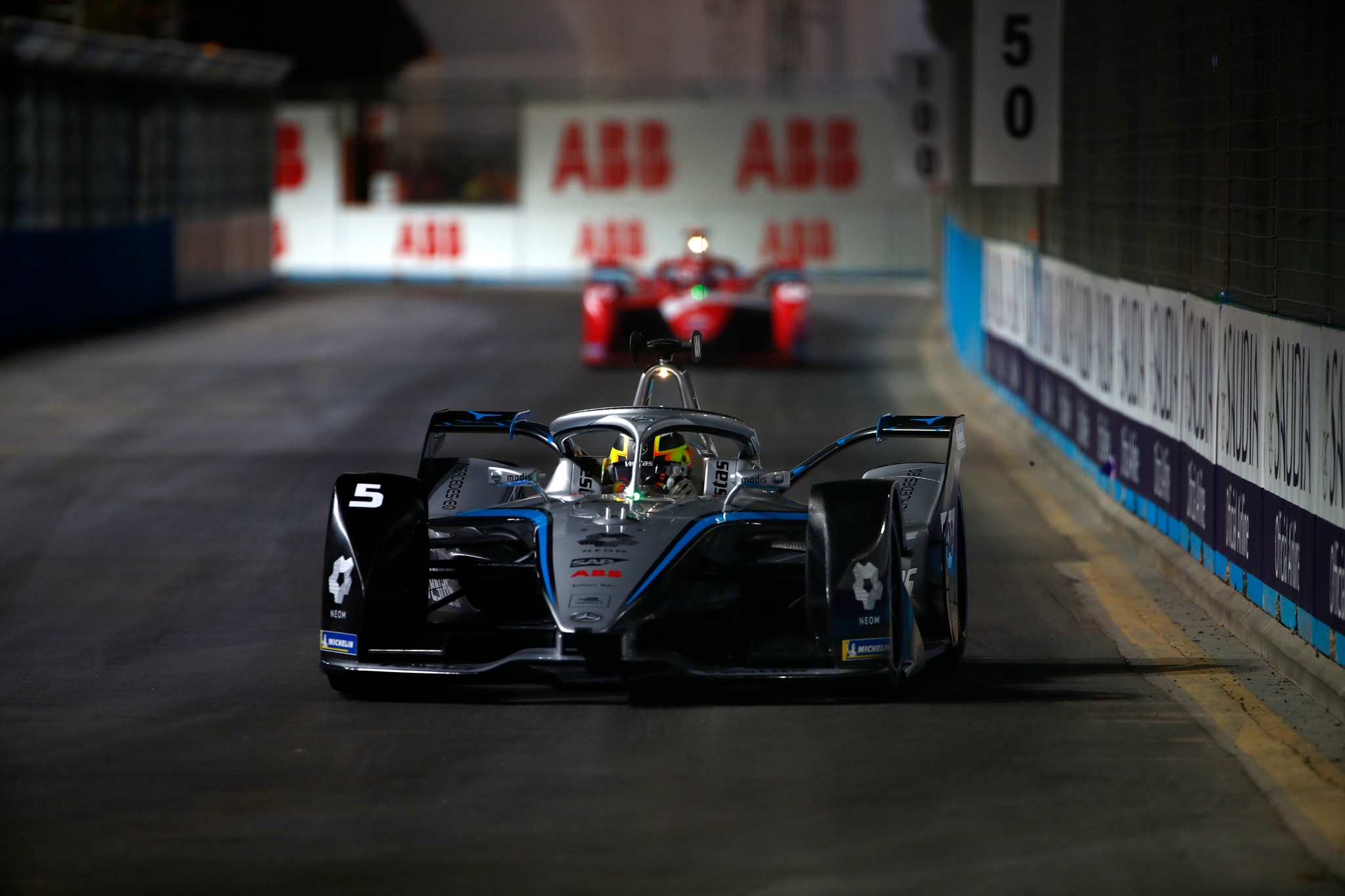
That ongoing saga plus the curious DS Penske situation all adds up to a brooding sense of an ‘us and them’ aura that has existed between some manufacturers and the FIA before.
Perhaps this is just the nature of manufacturers racing against other manufacturers and having to be controlled in a draconian fashion. If that is true, future harmony in the paddock may become harder to achieve. A symbiotic level of trust has to apply in any business, especially one so competitive as world championship level motorsport.
Before you think this is all just a storm in a teacup, remember again that DS Penske was found to have breached that all important ‘ethical’ Article 12.1.1l of the International Sporting Code.
That’s a pretty serious matter for any team and manufacturer to digest, so quite why DS Penske did not rail against it officially, and why it was left to an embattled Vergne to attempt a defence is, as with so many elements of this peculiar storyline, yet another question that probably still needs answering.


